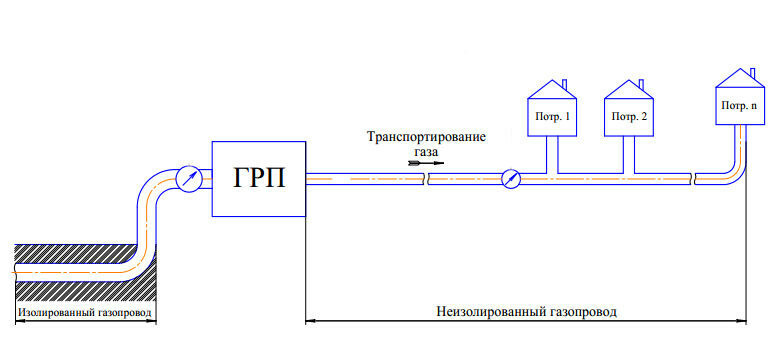With an individual approach to the layout of your apartment, a forced measure is the transfer of the gas stove within the kitchen or even to another room. Currently, the layout of apartments made according to typical architectural schemes does not always suit the owners. The standards used in the construction of houses do not make it possible to maximize the distribution of the usable kitchen area. That is why the transfer of the gas stove and the issues of coordinating this process are currently quite relevant.
Nevertheless, it is not so difficult to solve the problem of transferring the slab, it is enough to competently approach and perform a simple algorithm of actions. This article covers all the necessary steps, the implementation of which will help to redevelop and relocate a gas stoves, without violating fire safety rules, which will further isolate from unwanted problems associated with this operation.
The content of the article:
-
Moving the gas stove in the kitchen
- What is forbidden to change during redevelopment?
- Requirements for transferring a gas stove
-
The procedure for redevelopment
- Stage 1 - writing an application for the transfer of the slab
- Stage 2 - obtaining an opinion and its approval
- Stage 3 - contacting the housing inspection
- Prerequisites for negotiating a transfer
- Conclusions and useful video on the topic
Moving the gas stove in the kitchen
Do you know if the gas stove can be moved within the kitchen? Then you should carefully read the rules for the operation of residential premises. So, in accordance with Resolution of the State Construction Committee of the Russian Federation No. 170 of September 27, 2003 "On Approval of the Rules and Norms for the Technical Operation of the Housing Stock", the movement of the gas stove in within the kitchen, if the length of the gas hose allows, is not the installation of the gas system, respectively is prohibited.
Therefore, the gas stove can be moved independently, as far as the length allows. hoseconnecting the slab with stationary communications. In this case, the hose itself cannot be pulled - it must hang freely. Such an operation will not be a redevelopment, therefore it does not require approvals.
If it is planned to move the stove, as a result of which there will be interference in the gas supply system, then this operation will already be considered a redevelopment and will require creation of a detailed scheme and harmonization with government agencies.
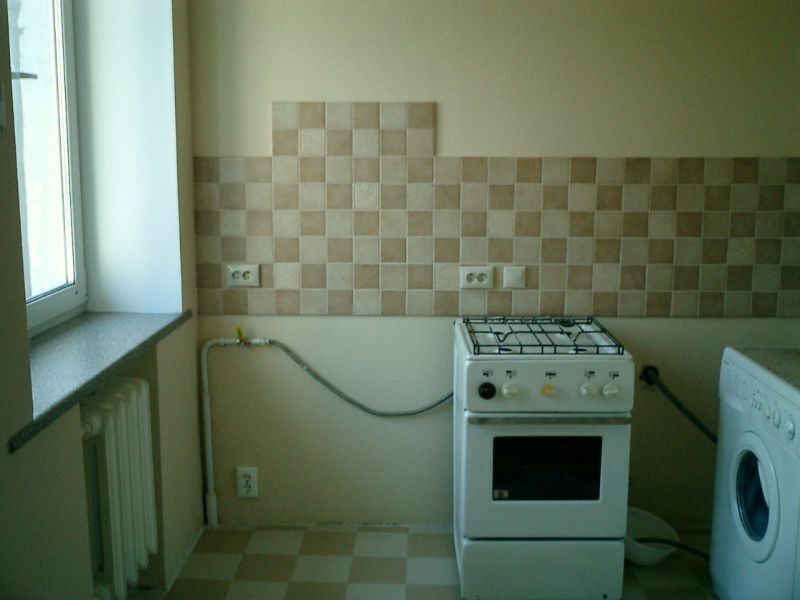
The length of the gas stove hose can be no more than 4 meters. This length allows, if necessary, to move the gas stove independently during repair work or when creating a design style in the kitchen. Experts do not advise using metal hoses, as the inner rubber layer wears out quickly and leaks may occur
Before planning the movement of the slab, you need to know what is prohibited during redevelopment.
What is forbidden to change during redevelopment?
According to the requirements Housing Code In the Russian Federation, when making changes inside a dwelling, it is prohibited:
- worsen living conditions;
- modify or eliminate the ventilation system;
- combine a kitchen with a gas stove with a living area;
- combine the kitchen with a balcony;
- damage the internal structure of the apartment.
Thus, it will be possible to agree on the movement of the gas stove if the officials do not see any of the above points in the submitted project.
Requirements for transferring a gas stove
The main condition for redevelopment is compliance with all established norms.
They are formulated (spelled out in detail) in the following regulatory legal acts:
- V fire safety requirements buildings (Federal Law “Technical Regulations on Fire Safety Requirements” dated 22.07.2008 N 123-FZ).
- In the rules for the production of work in gas distribution systems (“SP 62.13330.2011 *. Set of rules. Gas distribution systems. Updated edition of SNiP 42-01-2002 ″ (approved by Order of the Ministry of Regional Development of Russia dated December 27, 2010 N 780).
- V technical regulations on the safety of buildings and structures (Federal Law “Technical Regulations on the Safety of Buildings and Structures” dated 30.12.2009 N 384-FZ).
- In sanitary and hygienic requirements SanPiN 2.2.1 2.1.1.1278-03.
These documents are approved at the state level and are mandatory for use.
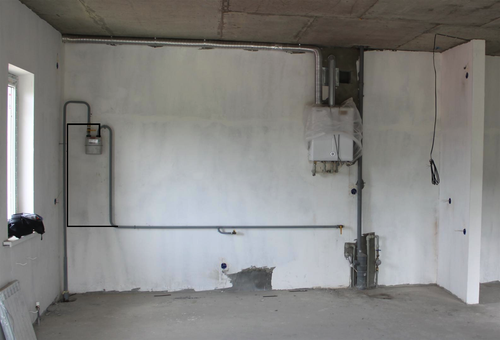
When designing the design of a future kitchen, you should initially prepare communications for installing a gas stove. This must be stipulated in the contract with the developer company, or done with the help of specialists before the house is handed over.
Among the requirements are the following:
- the connection of the gas stove to the gas supply system must be carried out with one whole hose, building up or connecting with several hoses is strictly prohibited;
- the hose must not cross the gas pipe;
- it is prohibited to place a gas stove outside the kitchen, including the transfer and installation of a gas stove in another room, in the corridor and in the basement;
- there must be free access to the gas pipes; all sections of the pipeline must be accessible for visual inspection;
- availability is required kitchen doors;
- there must be a window with a window;
- the gas tap should be located next to the gas stove, but outside the heating zone; it is forbidden to place it above the stove or outside the kitchen;
- the presence of gas tap;
- the gas pipeline must not cross the electrical cable, there must be a distance of at least 10 cm between them;
- the stove cannot be near the window, installation in kitchens or rooms without natural light is prohibited;
- the minimum distance from the window or from the door must exceed 50 cm;
- the installation of a gas stove next to a refrigerator or any other refrigeration equipment is prohibited (we also recommend that you familiarize yourself with the information on placement refrigerator near the gas pipe);
- a separate gas valve is required for each gas appliance, to which the gas pipe must be supplied without threaded connections;
- horizontal sections of the gas pipe must be at a height of more than 50 cm from the floor.
Punctual fulfillment of these requirements first of all ensures operational safety gas equipment. Therefore, it is important to comply with them.
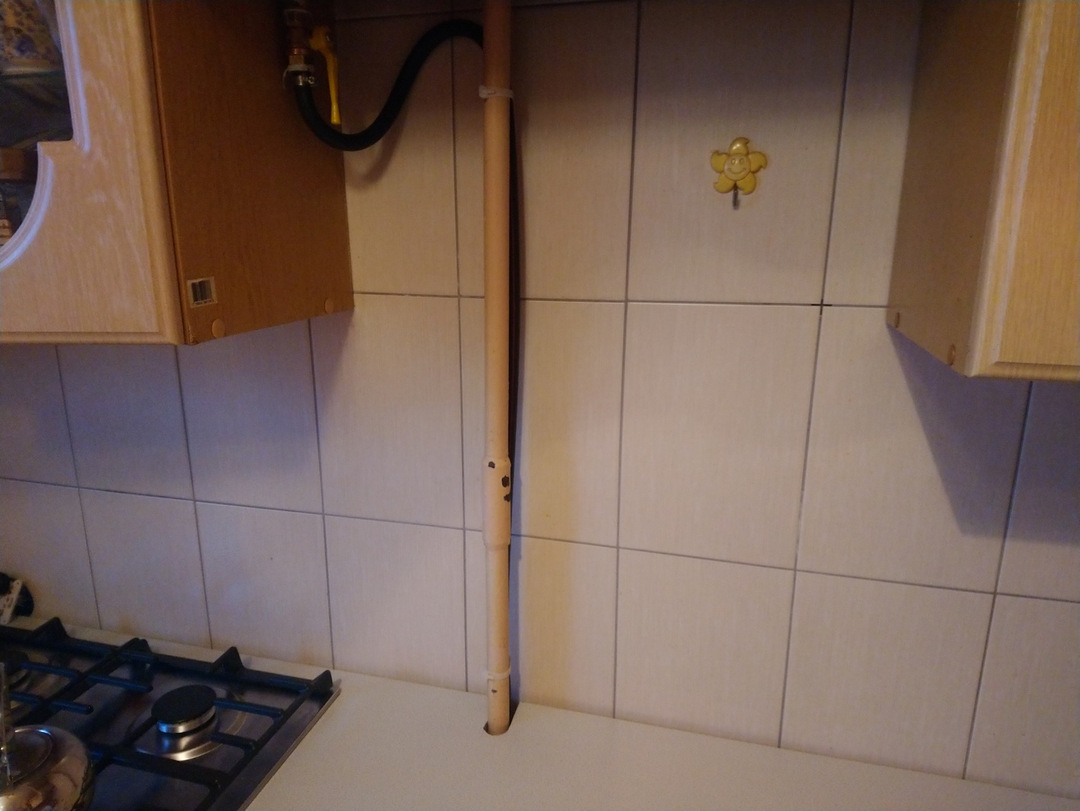
The gas pipe must always be accessible for inspection. Mudding or sheathing it with a box is prohibited. It is possible to hide it inside the furniture, while there should be free access to it
It is worth remembering that the gas stove will be the main work surface in the kitchen. Therefore, when redeveloping, it is worth taking care that the approach to it is convenient, and further use is comfortable and safe.
The procedure for redevelopment
Any significant redevelopment should start with an agreement. Everything. as for gas equipment, this is work with increased danger, therefore, interference and deviation from the standard can be considered a gross violation, as well as entail various kinds of consequences, up to administrative punishment. Therefore, in order to correctly transfer the gas stove to another place, it is necessary to comply with all the norms prescribed in the legislation.
It should not be forgotten that gas equipment is technically complex and all work related to installation is extremely dangerous. Such work should only be performed gas company specialists.
To start redevelopment, you need to familiarize yourself with the norms applicable to gas supply systems, which are spelled out SNiP 41-01-2003. This document, developed back in the Soviet Union, has undergone a number of changes at the present time and regulates the procedure for laying gas pipes and the location of the gas stove in the kitchen.
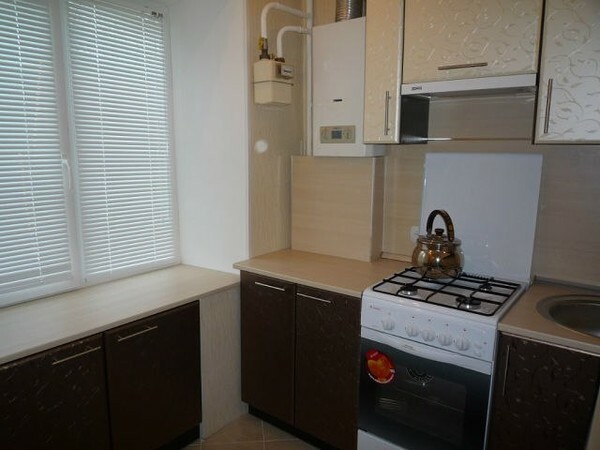
The presence of natural light in the kitchen is a must. The minimum permissible dimensions of door and window openings are prescribed in SanPiN 2.2.1 2.1.1.1278-03. They are calculated based on the needs of the human visual system.
Thus, even in order to transfer the gas supply to the stove in the apartment, it is necessary to comply with all requirements and the obligatory call of specialists to carry out the work.
Obtaining permission for redevelopment consists of several stages. Let's consider them in more detail.
Stage 1 - writing an application for the transfer of the slab
first, you have to write an application for the transfer and conduct a survey of the premises for the possibility of redevelopment.
After inspection by a specialist and drawing up a scheme for transferring the slab, it will be necessary to contact the BTI. There, a conclusion is issued on the state of the building at the present time, on the basis of which an analysis of the possibility of redevelopment is carried out.
You will also need to purchase a floor plan that will be used in the formation of the project.
Stage 2 - obtaining an opinion and its approval
Next, you should get an opinion from the Department of Overhaul in the Administration of the settlement. This conclusion is based on a document from the BTI.
This is followed by the approval of the conclusion with the fire authority. This is a necessary stage that should not be ignored, since it is this authority that can not only fine, but also completely prohibit redevelopment. For approval, in addition to the conclusion, a redevelopment plan will be needed.
For the approval, the following documents will be required:
- passport;
- a document confirming the ownership of the apartment;
- floor plan of the house;
- plan of the planned redevelopment;
- redevelopment contract;
- extract from the house book;
- written consent for the redevelopment of all residents of the apartment
- technical conclusion of the BTI;
- an extract from the personal account, confirming the absence of debts for public services.
Preparation of documents and their signing can take from one to three months. But obtaining permission for redevelopment helps in the future not to face unwanted problems.

Obtaining permission for redevelopment and transfer of the gas stove is a prerequisite. In the absence of permission and completed redevelopment, further sale of the apartment with re-registration will be impossible
Stage 3 - contacting the housing inspection
The last stage is an appeal to the housing inspection and the architecture department under the Administration of the settlement. These authorities make the final decision on the possibility of redevelopment.
Obtaining permission is a rather complicated operation. However, a clear passage of these bureaucratic stages in the future will save you from unnecessary problems.
Prerequisites for negotiating a transfer
As mentioned above, for the transfer of a gas stove, approval is required, and in some cases, transfer is generally impossible.
So, it is forbidden to create a kitchen in any other living room. If you do not agree on the redevelopment, then all this can threaten with fines and litigation, as a result of which, if the court decisions are not followed, the apartment can be completely lost. Therefore, even if you are going to move the gas supply to the household gas stove in the apartment, this step must be agreed.
We recommend that you familiarize yourself with what are provided fines for breaking the rules ensuring safety when using gas equipment.

The cooker hood is a necessary element in the kitchen, where a lot of food is cooked. But when installing it, a number of conditions must be observed: compliance with the established distances from the stove to the hood, compliance with the hood power of the kitchen area
However, there are a couple of redevelopment options that are usually approved and can be done.
To carry out the transfer of a gas stove to another non-residential room, several conditions must be met:
- the room where the gas stove will be located must be isolated from other living quarters;
- the presence of natural light is required;
- the gas pipe suitable for the stove should not be routed through the living quarters;
- ventilation duct connection from the main house exhaust ventilation.
Thus, meeting these requirements will ensure that the redevelopment project is approved.
It should be noted that in apartments located on the first and second floors, where there are no other living quarters below, it is possible to transfer the gas stove to any other room, the main thing is that the conditions written above are met.
Conclusions and useful video on the topic
These videos show the concepts described in the article in practice. This video shows a kitchen design in which the gas pipes are hidden by the kitchen furniture. Placing the gas hose as shown in the video is prohibited:
This video shows how the gas pipe is transferred in the kitchen by experts. Everything here is done in accordance with the requirements:
This video, filmed by one of the TV channels, tells about the reasons (why not) and the consequences of the illegal transfer of the gas stove:
Based on all that has been said above, we can conclude that it is possible to move the stoves within the kitchen, if at the same time the length of the hose used for the connection allows it to remain not taut condition. Moreover, such an operation is not even considered a redevelopment. Also, the gas stove can be rearranged to another room, subject to a number of conditions and with the obligatory approval of the redevelopment in the relevant government agencies.
Want to share your experience with moving your gas stove? Or do you still have questions that we did not touch on in this material? Ask our experts and site visitors, write your comments and other interesting information that may be useful to other users.

